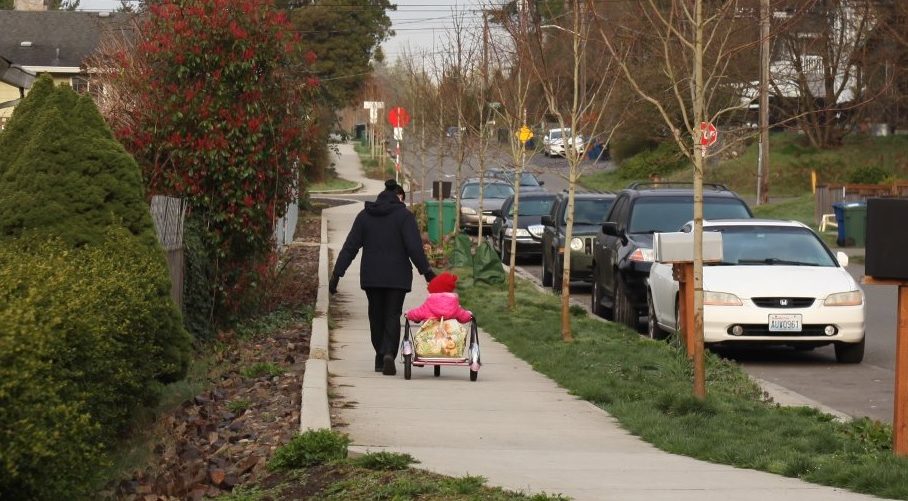Project leads: Jennie Romich, Professor of Social Welfare at the UW School of Social Work and Faculty Director of the West Coast Poverty Center
Data scientist: Jessica Godwin
DSSG fellows: Zhaowen Guo, Ihsan Kahveci, Betelhem Aklilu Muno, Eliot Stanton
Participant bios available here.
Project Summary:
This project will examine whether the Seattle $15 minimum wage policy reduced poverty or affected intergenerational economic mobility. Research to date on the impacts of the Seattle law have largely focused on individual workers’ experiences. This project will create the data needed to examine impacts of the policy on poverty.
Why do we need new data? Poverty is a household-level measure and cannot be known from the individual records used in pervious work. A single worker earning $25,000 per year is above the poverty line; that same income would render a sole earning parent with a spouse and two children “in poverty.” On the other hand, this worker could be a secondary earner in a wealthy household. Hence to measure poverty, we need to know how individual earners are grouped into households or families.
This project will use data science methods to create households from a unique set of merged public records, the Washington Merged Longitudinal Administrative Data (WMLAD). WMLAD contains records on over 10 million individuals from seven Washington state agencies linked using a single unique person identifier. The data’s size (monthly records of 10 million persons over 7 years) requires efficient code and careful sequencing. The data are stored in a secure limited-access enclave, so the team will need creative and sophisticated workflow planning to protect the highly sensitive records while accomplishing project goals.
Fellows Zhaowen Guo and Eliot Stanton presented a poster about the project at the Learning & Doing Data for Good (LDDG) conference at the University of Washington in September 2022.
Learn more on the project blog and project website. Watch the presentation here, or the full recording of all four team presentations here.

